Nevada Twilight
Summer 2020
Local Lore & Mysterious Matters
Episode 4: Cursed earth, a giant mystery, and a shot in the dark.
BY ERIC CACHINERO
Mankind’s natural curiosity for the mysterious and unexplained spans our entire history. Where is the lost city of Atlantis? Will we ever know the identity of Jack the Ripper? How were ancient sites like Stonehenge and the Great Pyramids constructed? Is Bigfoot real? What actually caused the dinosaurs to go extinct? Do aliens exist?
Nevada holds its own collection of myths and mysteries, peculiar and unexplained. Some are morbid, some are silly, but all require the reader to take a small step—or leap, if you like—into a “Twilight Zone” mindset. Sit back, relax, and enjoy, because you’ve just crossed over.
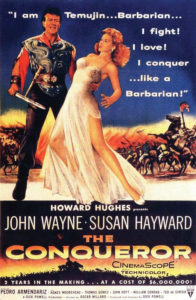
CURSED EARTH
In 1956, the American CinemaScope epic film “The Conqueror” hit the big screen. The movie was produced by business magnate and film tycoon Howard Hughes, and starred John Wayne as the Mongol leader Genghis Khan. Other actors included Susan Hayward, Agnes Moorehead, and Pedro Armendáriz. The movie details Genghis Khan’s love for Bortai—the daughter of a rival tribe—whom he steals away, causing a war. Once the movie hit theaters, it was clear it was cursed.
The first curse of the film was apparent right out of the gate—it flopped. People believed that Wayne had been totally miscast for the main role, and the film became considered one of the worst films of the 1950s, and eventually one of the worst films ever made. Unfortunately for “The Conqueror,” though, the film’s notoriety would skyrocket for reasons unrelated to its poor quality.
Much of the movie was filmed in the desert outside St. George, Utah, in a place called Escalante Valley. Normally this seemingly inconsequential fact wouldn’t be cause for concern, however, it was unfortunately deadly timing. During the filming, 137 miles upwind of Escalante Valley, above ground atomic testing was at its peak. The Nevada Test Site hosted 100 above-ground atomic tests, many of which happened before or during the filming. The radioactive fallout that resulted from the tests made its way downwind, and the Escalante Valley was an absolute hotspot for the invisible atomic byproducts to land. Apparently, the film crew was alerted to the fact that radioactive fallout was a possibility, as evidenced by a photograph of Wayne holding a Geiger counter on the set, but the threat was not cause for alarm at the time.
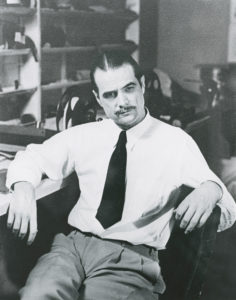
To make matters worse, industrial fans were used on the set to kick up dust and create artificial sandstorms to give the movie a more realistic feel. In the biography “John Wayne: American” authors Randy Roberts and James Stuart Olson wrote that, “crew members were covered in dust by the end of each day’s shooting, and cast members had to be frequently blown clean of dust with compressed air and given time to rinse the dirt out of their mouths and eyes.”
And to add even more insult to injury, sources claim that Hughes personally ordered the film crew to load up 60 tons of the (unbeknownst at the time) radioactive dirt and ship it to Hollywood so they could film some scenes there.
By 1981, 91 of the 220-person crew (more than 41 percent) had developed some sort of cancer, including John Wayne and director Dick Powell. Though no actual scientific link was ever definitively proven between the film crew’s exposure to radiation and their cancer rate, the percentage is high. Some theorize that part of the reason may be due to the fact that a high number of cast and crewmembers were heavy smokers, though many are convinced otherwise. In 1980, Director of Radiological Health at the University of Utah Dr. Robert Pendleton told “People” magazine that, “in a group this size you’d expect only 30-some cancers to develop. With 91, I think the tie-in to their exposure on the set of ‘The Conqueror’ would hold up even in a court of law.”
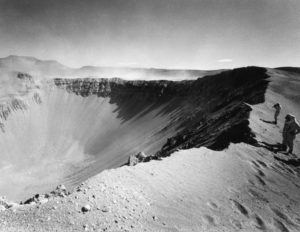
According to Author Nathan Rabin, who wrote a book on the worst films ever made called “My Year of Flops,” “Hughes reportedly felt so guilty about the film and the death of many of its principals that he paid $12 million to purchase every existing print and didn’t allow it to be seen on television until 1974.” It would be the last film that Hughes ever produced, and Rabin claims that Hughes watched it obsessively as he spiraled downward into madness late in his life.
Was the radioactive fallout from atomic testing at the Nevada Test Site to blame for an increased rate of cancer for “The Conqueror” cast and crew? Was something more sinister at play?
A GIANT MYSTERY
Long ago, on the shores of ancient Lake Lahontan in the area that would become Lovelock, a tribe of giants thrived. The beasts stood some 7-9 feet tall, and all shared the same characteristic fiery red hair. For the most part, the giants didn’t disturb much of the region, except for one glaringly negative detail.
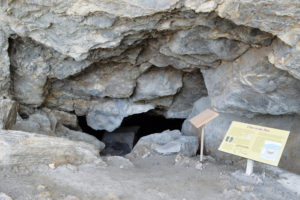
They ate people.
Paiute legend tells of a band of cannibalistic red-haired giants they called the Si-Te-Cah, which translates to tule-eaters. The giants were known for fashioning rafts from the fibrous tule plants, which they used to sneak attack the Paiute tribes from the water. Sarah Winnemucca, in her 1883 book “Life Among the Paiutes: Their Wrongs and Claims,” wrote that the red-haired tribe was so fierce that they were able to catch Paiute arrows mid-air and throw them back at the Paiutes with lethal power and accuracy.
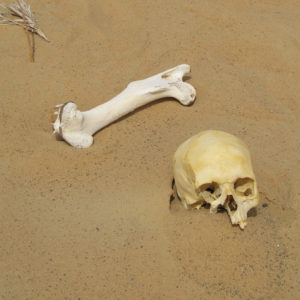
The legend goes on to tell of the day the giants met their demise. During a fierce battle between the two groups, the Paiutes managed to overpower the giants, who retreated into Lovelock Cave. Once they had their enemies trapped inside, the Paiutes covered the cave entrance in sagebrush, which they set ablaze. The giants either suffocated on the smoke or were promptly shot with arrows while trying to escape the cave.
In her book, Winnemucca wrote, “My people say that the tribe we exterminated had reddish hair. I have some of their hair, which has been handed down from father to son. I have a dress which has been in our family a great many years, trimmed with the reddish hair. I am going to wear it some time when I lecture. It is called a mourning dress, and no one has such a dress but my family.”
While Winnemucca’s account did mention a red-haired tribe, it did not mention that they were giants. That distinction would come from Lovelock mining engineer and geologist John T. Reid, who was a firm believer in the Paiute legend. During the early 1900s, Reid had a hunch that evidence of the giants was hidden in Lovelock Cave; however, he was never able to organize an official archaeological dig. In 1911, bat guano miners James Hart and David Pugh learned about the cave and proceeded to strip nearly 6 feet (250 tons) of guano from the cave floor with pickaxes. During their diggings Hart and Pugh came across a treasure trove of artifacts; however, attempts to contact the Smithsonian Institution to collect and document the artifacts went unanswered.
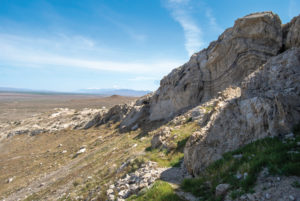
Later that year, the Nevada Historical Society worked in conjunction with the University of California to collect the artifacts, though by that point, many had been removed or destroyed. During the excavation, an investigator would uncover several human skeletons, and would report, “In the north-central part of the cave, about 4 feet deep, was a striking-looking body of a man, 6 feet 6 inches tall.” In addition, there were several other mummified bodies, all with red hair.
The cave excavation, along with a subsequent one in 1924, gave Reid newfound interest in the giant legend. He began interviewing dozens of Native American elders, hoping to uncover some new facet of the legend. Then in February 1931, Reid was contacted by a local resident, who alerted him to a previously buried giant skeleton, located near Lovelock Cave, that had been unearthed by shifting sands. Reid personally unearthed the bones, which he would later write belonged to a being that was 7 feet 7 inches tall. He believed proof of his giants had finally been found. In 1939, he was contacted again by a local farmer in similar fashion, and again unearthed giant bones that he determined to belong to a giant.
Then, nothing… Reid died in 1943. His brother is believed to have sold all of his private research and his boxes of skeletons to the Nevada Historical Society, though all of his work seemingly vanished. That was, however, until 1977, when a renovation of the historical society’s main gallery revealed several mislabeled boxes, which included Reid’s work. Suddenly the case of the giants had new interest, and the bones were sent off to be analyzed at the University of Nevada, Las Vegas.
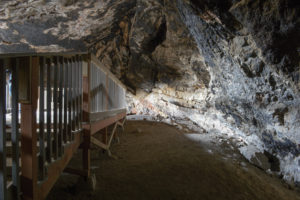
The results, while interesting, didn’t bode well for Reid’s red-haired giants. The bones he found were in fact human, but how Reid measured them led to the mix-up. In 1984, the “Nevada Historical Society Quarterly” explained the following about the bones, “People commonly estimate their thigh lengths from the region of the crotch to the knee…the head of the thigh bone or femur inserts in the appropriate pelvic socket some 4 to 6 inches above the crotch. If the femoral head is placed at the crotch (like Reid had done), the end of the bone will extend some 4 to 6 inches or more below the knee, and the assumption will then be that this was an extraordinarily tall individual, possibly a giant.” The results showed that the bones that Reid had found belonged to individuals that were no taller than 5 feet 11 inches.
But what about the red hair? The same article explains that Native Americans often “painted themselves while alive, and also painted their dead, with red ochre…red ochre also will color hair, changing black hair into a reddish or rusty-brown shade.”
Although Reid’s work was disproven, people still insist that the legend of the red-haired cannibalistic giants is true. Maybe the giant truth is still buried out there somewhere.
Did a tribe of red-haired cannibals really live in the region as Winnemucca wrote? Were they giants? Is the truth still buried in Lovelock Cave?
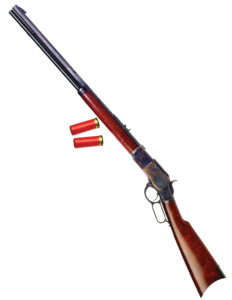 A SHOT IN THE DARK
A SHOT IN THE DARK
Just before midnight on Nov. 19, 1949, Nevada Club casino co-owner Lincoln Fitzgerald opened the garage at his home on Mark Twain Avenue in Reno. As he walked around the side of the car to get in, the guttural pop of a 12-gauge shotgun blast rang out and all 110 pellets entered Fitzgerald’s body near his spine. As he slumped, a second shot—this one aimed for his head—rang out, though the shot wouldn’t meet its target, and would instead hit the garage wall. The screams of Fitzgerald’s wife sent the unknown assassin fleeing into the night.
He was rushed to the hospital, though his chances of survival seemed grim. The day after the shooting, The Associated Press reported, “The assailant stood so close that the wadding from the shotgun shell was impacted in the gaping wound. The charge, which entered his side and severed his spine, may cause his death.”
But the blast didn’t cause his death. Fitzgerald underwent a lengthy five-month recovery, avoiding death or paralysis, and walked out of the hospital.
The hitman was never found.
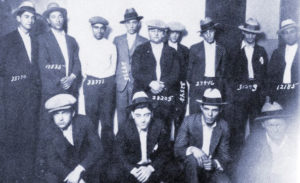
Though many theories were floated as to who would want to kill Fitzgerald, the most accepted is that he had ties to organized crime. It is believed that he had a long association with the Chesterfield Syndicate—a Detroit-based organized crime group who had ties with a group of criminal mobsters, bootleggers, and hijackers known as the Purple Gang. In addition, Fitzgerald was also the central figure in a Michigan gambling investigation involving charges of corruption and bribery.
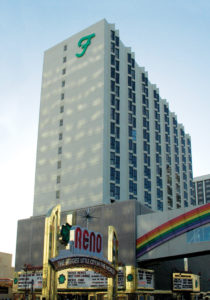
Even the newspapers implied that the attempted killing was done by mobsters. The United Press reported:
“In typical gangland fashion, Fitzgerald would not talk about the identity of his assailant—if he recognized him at all.
‘Do you know who shot you?’ police chief Lorenz Greeson asked Fitzgerald as he lay on the operating table, still conscious.
‘No,’ said Fitzgerald.
‘Was it one of the boys from Detroit?’
Fitzgerald pursed his lips, stared at Greeson, and said nothing.”
Fitzgerald would go on to live a successful life after his attempted assassination. He founded the once-famed (now closed) Fitzgerald’s Hotel-Casino in Reno in the 1970s, though it is said he lived a reclusive lifestyle, rarely making a public appearance before his death in 1981. Who can blame him?
Who shot Lincoln Fitzgerald? Was it his ties to organized crime that led to his shooting? Will the mystery ever be solved?

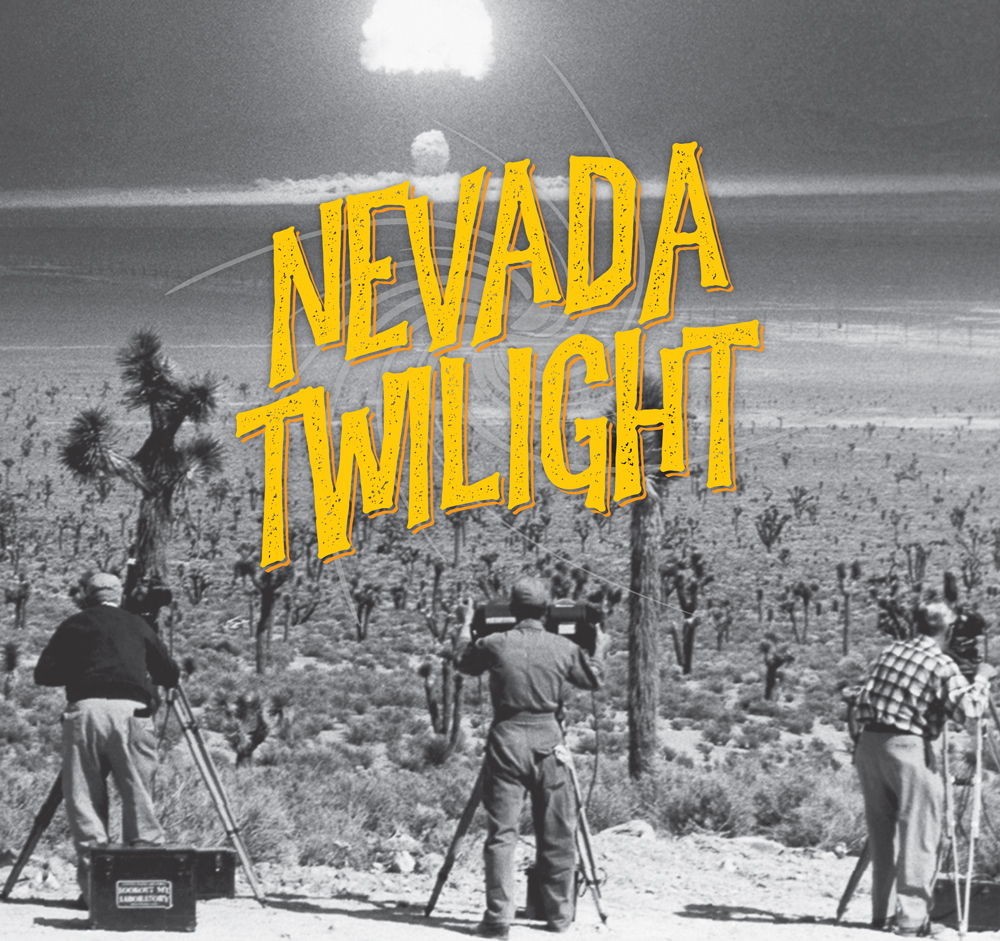


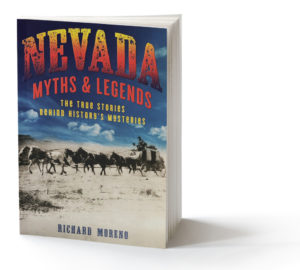 Read More About It
Read More About It